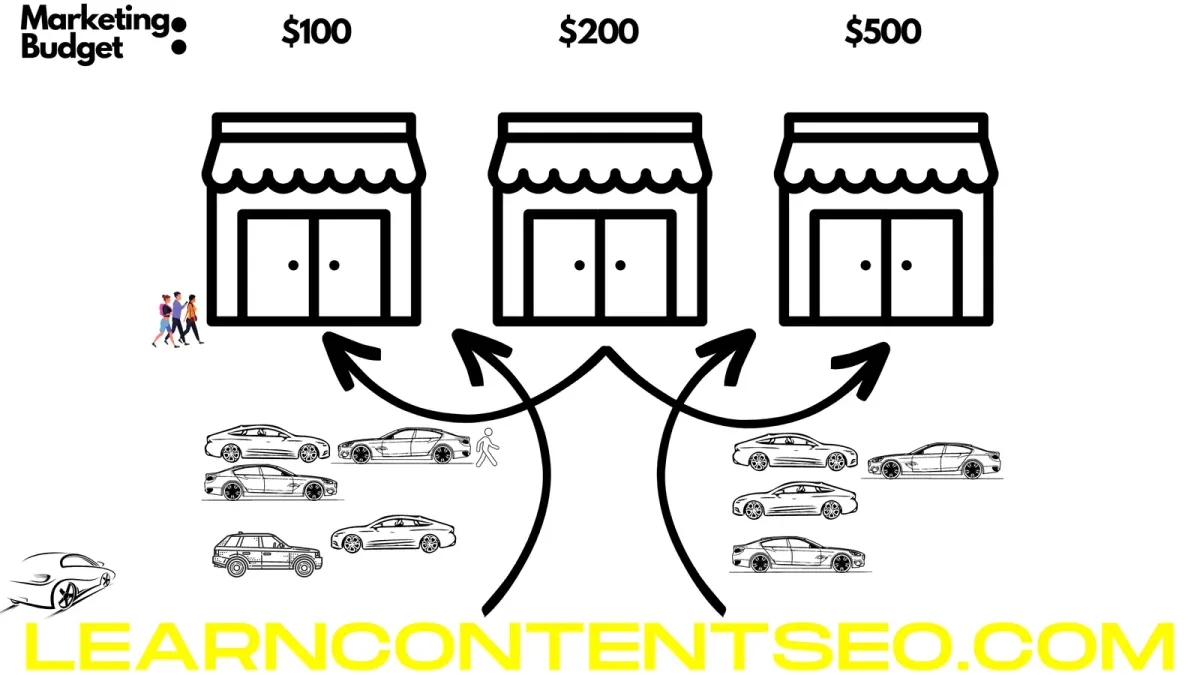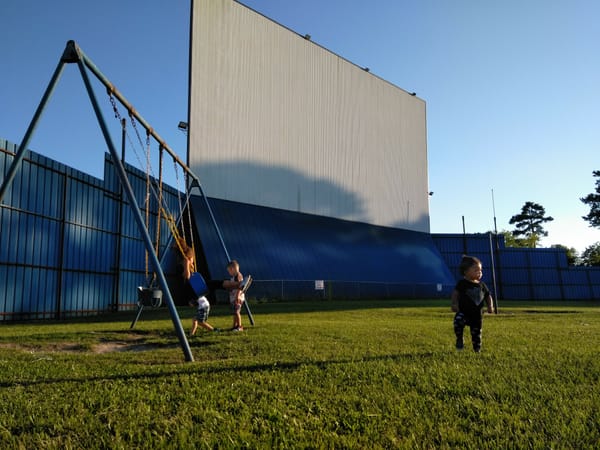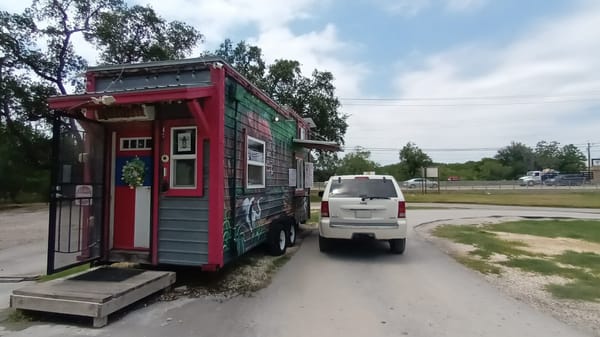Why Do Competitors Open Their Stores Next to One Another | Answered
Why do competitors open their stores next to one another? It's simple, really. The primary reason that competitors open their stores next to one another is because their buyers are within the same target demographic.

Why do competitors open their stores next to one another? It's simple, really. The primary reason that competitors open their stores next to one another is because their buyers are within the same target demographic.
Since they're already coming to one of the stores... may as well be right next door and they can stop in and compare both stores products or services.
And if you have a superior product or service... well, game on.
This is precisely what Best Buy did with Staples and Circuit City locations. Best Buy intentionally opened up locations right next door and ultimately put at least one of them out of business by offering a superior customer experience.
Best Buy knew they had a competitive advantage.
So it was a practical marketing strategy to simply place their stores right next to the competition and compete for the same potential customer.
Close Proximity = Shared Marketing Benefits.

Best Buy literally stole market share from their competitors existing customer base despite the fact that many of them had been loyal customers for years. And they did it while riding on the coattails of their competitions marketing budgets.
It is especially common with automobile dealerships, restaurants and apparel stores.
On top of that, there are several other reasons why competitors open their stores next to one another...
NASH EQUILIBRIUM
Nash Equilibrium is essentially when competing businesses optimize their overall market share as competitively and efficiently as possible by staying the course of their original strategy regardless of their competitions actions - despite knowing them in advance.
In fact, they stay the course specifically because they know the actions of the competition in advance.
For example... there are is a small town and the main highway goes straight through town. It's a 1-mile stretch from end to end.
A lemonade business opens up at one end of town to capture the traffic going down the highway through town. It's pretty successful.
Soon, a second lemonade business opens up on the other end of town to capture business from the traffic going through... and there's an entire residential neighborhood in between that walks the 0.5 miles to either lemonade stand.
Seeing this... the first lemonade stand decides to move 0.25 miles in towards the town to capture both the highway traffic business, as well as make it easier for the people who live in the residential area to have a shorter walk - thereby capturing more of the local business as well.
To remain competitive, the second lemonade stand moves right to the middle of the 1-mile stretch at the 0.5 mile mark. This allows the residential neighborhood to have an even shorter walk, while the lemonade stand still captures highway traffic business.
... You can see where the story is going.
Seeing that the first lemonade stand had moved to the middle of the stretch... the second lemonade stand relocated as well. Now, the town has two successful lemonade stands sitting next to each other capturing both local, and highway traffic.
In this scenario... both vendors knew the others strategy, and they both continued the same pattern of behavior despite knowing that it would lead to more of the same, despite each one being a direct competitor to the other.
This is an example of the Nash equilibrium.
ZONING LAWS
Communities in the United States are often built quite a bit different from the rest of the world.
In much of the world, "suburbs" aren't necessarily a thing. In much of the world, commercial, retail and residential are all meshed together rather efficiently.
In most places throughout the world, it's not uncommon to be able to walk out of your house, apartment, or condo and walk a block or two to go out to eat, get basic groceries, grab a drink, etc.
Whereas in the US, commercial and retail have been traditionally built in their own very distinct spaces. In many locations around the country even now, the land is specifically "zoned" to keep retail, commercial and residential distinctly separate from each other, rather than built as a cohesive, easy-to-navigate community.
New developments tend to be horizontal and spaced out rather than vertical and compact.
Because of the way the zones are designed, it's almost inevitable that - regardless of the type of store you open up - your direct competitors will be located nearby.
Unless you just don't want to compete for market share in that area since the next "shopping center" could be miles and miles away.
The alternative is to open up shop outside of designated retail areas and have a strong enough small business marketing strategy to bring customers in just to specifically visit your store.
But remember the Nash equilibrium… guess what? More stores will soon join you once you've started drawing in customers to that area.
And some of them will be your direct competitors (or indirect competitors) offering the same, or similar product or service.
CONSUMER CONVENIENCE
This results in America's dependence on automobile transportation (e.g. personal vehicles, buses, ride shares, etc) just to go get groceries, gas, or other basic necessities.
When people in the US do drive to go somewhere to conduct business... they don't want to drive all over the place. They prefer to go where it's convenient and they can conduct as much business as possible, in as few trips as possible.
So consumer convenience is another reason why competitors open their stores next to one another.
Because of this design strategy where people and stores are kept in distinctly separate spaces, it's also caused innovation within the delivery services industry...
Curbside pickups, same-day or 2-hour home delivery, etc., are all examples of innovation in the delivery industry due to the way the communities are designed in the US.




